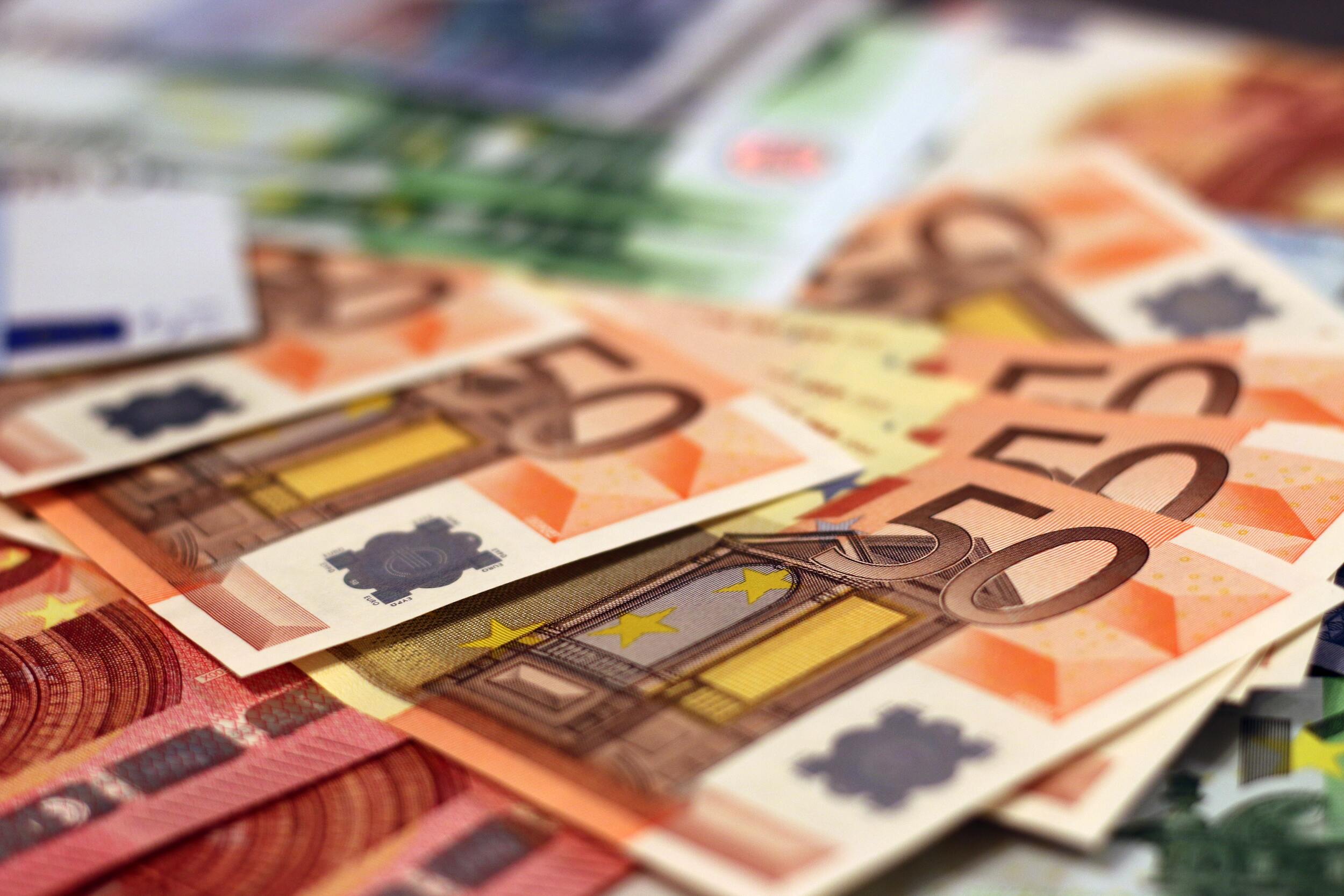#edgeforex #forex #trading #market #stocks #bond #dollar #inflation #euros #eur #prices #dollar #hike #covid-19 #cryptocurrency #oil #japan #bitcoin
The Euro (EUR) is a relatively new currency, having been introduced in 1999. The European Union’s single currency has supplanted a slew of national currencies, including the German mark, the French franc, the Italian lira, and others.
As a result, one of the euro’s characteristics is its vulnerability to macroeconomic figures for the entire Eurozone as well as those for individual EU members.
On January 1, 1999, the European currency was formally launched into non-cash circulation, and on January 1, 2002, banknotes and coins were placed into cash circulation.
The euro is second only to the US dollar in terms of volume of use in international payments. It is also the world’s second most popular reserve currency (behind the US dollar). The EUR/USD currency was in the 1.1800 range at the time of the official start of trade.
The EUR/USD pair has changed dramatically since 1999. The euro’s prospects were still hazy in the first two years, and the quote was falling, hitting a low of roughly 0.8200. After then, the pair rose for seven years, hitting an all-time high of 1.6000 in 2008.
The pair corrected dramatically in later years as a result of the financial crisis’s effect and several challenges in the Eurozone.
The EUR/USD pair is now trading at $1.12823.
Perhaps under President Biden, the path of the dollar will become a bit simpler to anticipate. To begin with, financial markets expect the incoming US president to run less overseas and deal with trade conflicts more politely.
This brings more peace and stability to the financial markets, lessening the demand for a safe haven like the dollar.
2020 has been a highly illuminating year in terms of market mood. The market was unpleasantly startled by the intensity, scale, and effect of the coronavirus pandemic during the first coronavirus wave in March, forcing investors to run to the dollar as a safe haven.
Coronavirus support was “suddenly” viewed favorably by the market. According to investors, the ECB demonstrated that it was doing all possible to prevent enterprises from collapsing and to protect people’s employment.
Because of the existence of unanticipated market situations and the sometimes-surprising market reaction to them, our starting point is those price projections should always be taken with a grain of salt.
Many market participants predicted a lower dollar at the end of 2018, but the dollar strengthened in 2019 as a result of the US-China trade dispute. This produced a great deal of uncertainty, forcing capital to rush to safe havens such as the US dollar.
Such occurrences are impossible to imagine, and this has been especially true in recent years in the United States, with a volatile figure like Donald Trump at the helm.
All of this suggests that capital flows to developing markets and currencies will continue to flow at the cost of the US dollar. Countries such as Indonesia and Mexico have aggressively decreased their interest rates. But these rates remain far higher than those in the United States.

